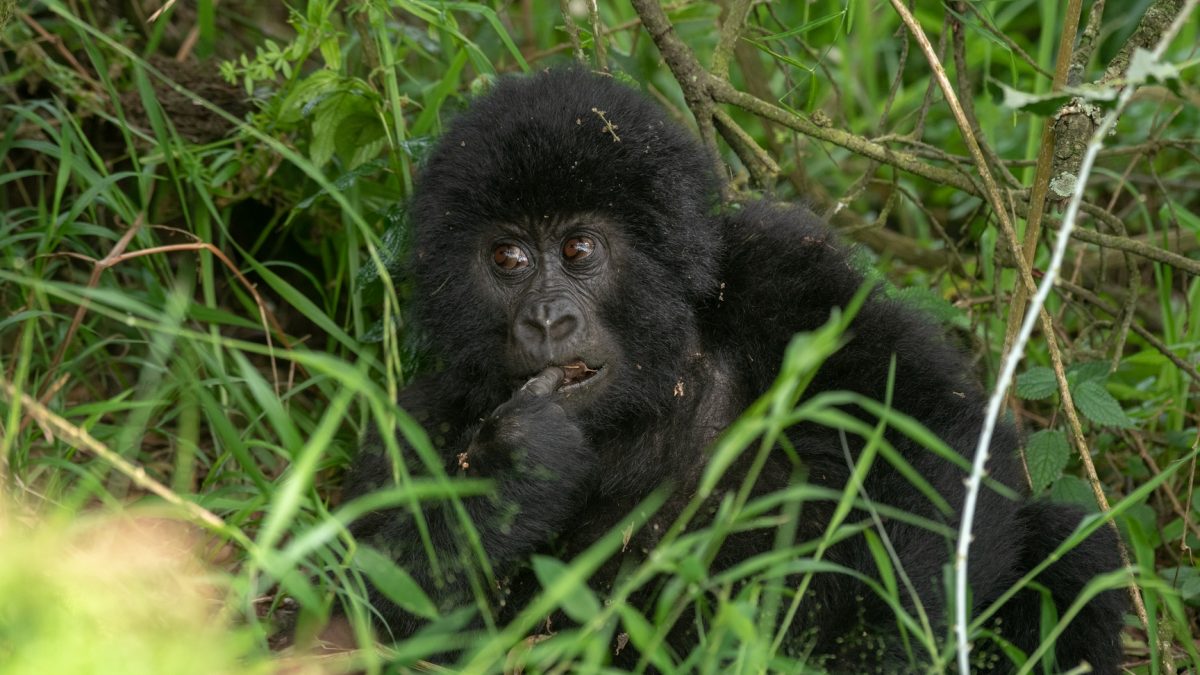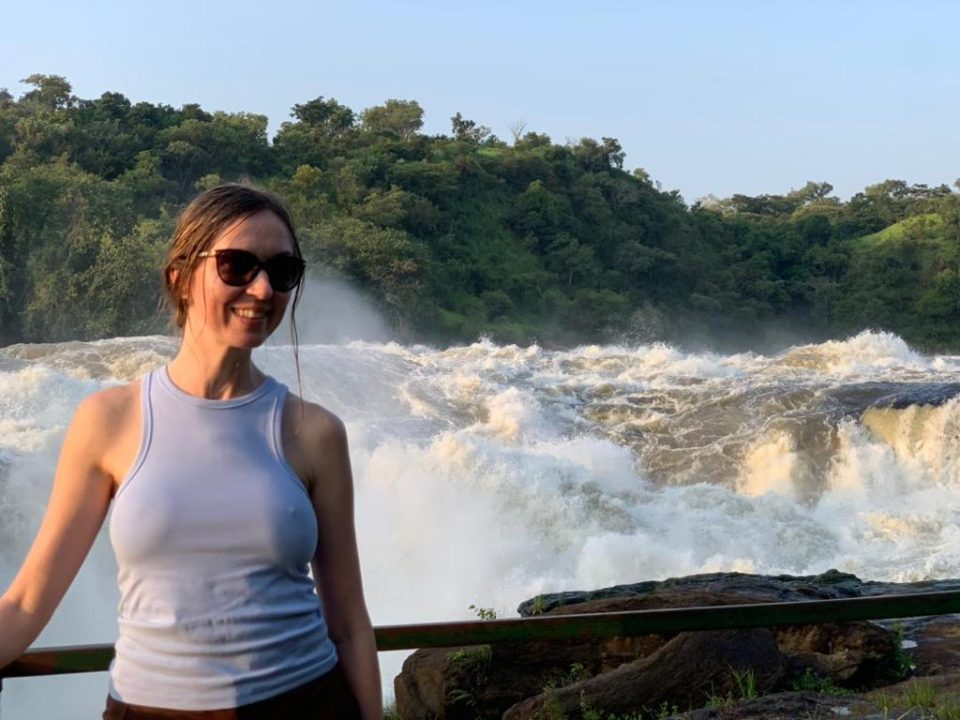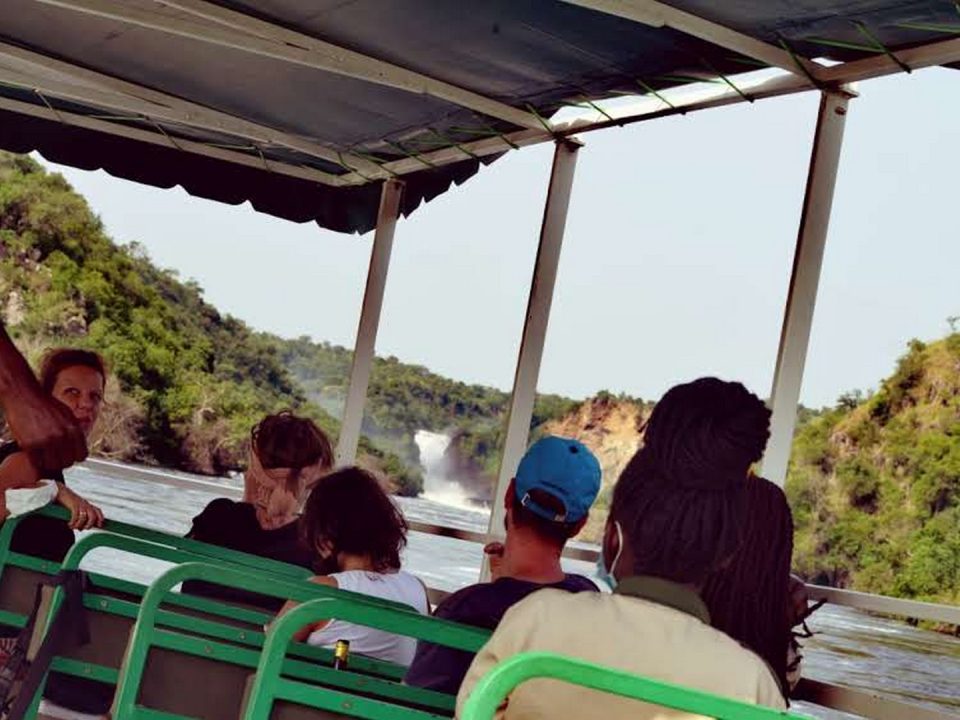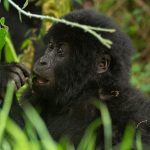
Is Uganda or Rwanda Better for Gorilla Trekking?
February 27, 2025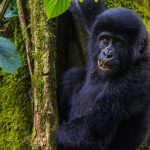
What is the Minimum Age for Gorilla Trekking?
March 1, 2025How Many Days for Gorilla Trekking in Rwanda?
Gorilla trekking in Rwanda is a once-in-a-lifetime experience, allowing travelers to spend time with the endangered mountain gorillas in their natural habitat. The mountain gorillas, residing in the misty forests of the Volcanoes National Park, are one of the most sought-after wildlife species to see in Africa. Rwanda, often dubbed the “Land of a Thousand Hills,” is the prime location for this life-changing adventure. However, planning your trek involves many factors, including the number of days required for a full experience. At Deks Safaris & Tours Ltd., we offer expert guidance to help you determine the ideal number of days to fully immerse yourself in the beauty of Rwanda’s gorilla trekking experience.
The Duration of a Gorilla Trek
While there’s no fixed rule about how many days are required for gorilla trekking in Rwanda, most travelers typically spend 1 to 3 days trekking to meet the mountain gorillas. The length of your gorilla trekking adventure largely depends on your preferences, physical fitness, and the time you have available. Below, we’ll break down the time needed for a variety of scenarios, ensuring you get the best out of your trek.
A Single-Day Trek
The majority of travelers opt for a one-day gorilla trekking experience in Rwanda, as this is the most common and cost-effective way to view the gorillas. For a one-day trek, you’ll typically start early in the morning and head to Volcanoes National Park (located in the northwest of Rwanda), where the gorillas live. Here’s how a typical one-day trek looks:
- Morning Briefing: All trekkers are required to gather at the Volcanoes National Park headquarters early in the morning, where you’ll meet your guide and group, and receive a briefing on the trek. This usually begins at 7:00 AM.
- The Trek: From the park headquarters, the trek to find the gorillas typically takes anywhere from 30 minutes to 6 hours depending on where the gorilla family has settled for the day. The duration of the trek is highly variable and depends on factors like weather and the specific family you are visiting.
- Spending Time with Gorillas: Once the gorilla family is found, you’ll spend 1 hour with them, observing their behavior and taking photographs. The hour with the gorillas is both thrilling and humbling, providing unforgettable moments.
- Return to the Base: After the hour is up, you’ll return to the park headquarters, with a typical total trekking time ranging between 3 to 8 hours.
A single-day trek is often ideal for those with limited time or those wishing to minimize travel and accommodation costs. However, while a one-day trek is possible, it does not leave much room for flexibility if the trek is particularly long or strenuous.
Two-Day Trekking Adventure
For a more relaxed and in-depth experience, many travelers prefer to opt for two days of gorilla trekking in Rwanda. This allows for greater flexibility in case the trek on the first day takes longer than expected, and also gives you the opportunity to see different gorilla families. Here’s how a typical two-day trek can unfold:
- Day 1: Arrival and Briefing: After arriving in Kigali (Rwanda’s capital), you can drive to your accommodation near Volcanoes National Park. This transfer usually takes around 2.5 to 3 hours by road. You’ll enjoy a relaxing evening before preparing for your first day of trekking the next day.
- Day 2: The First Trek: You will follow the same morning schedule as a one-day trek, participating in a briefing at the park headquarters, followed by a trek to find the gorillas. After spending an hour with the gorillas, you’ll return to your lodge or campsite to rest.
- Day 3: Second Trek and Departure: After breakfast, you’ll head out for your second trek. This allows you to visit another gorilla family or return to the same family if you have special interests in their behaviors. The experience will be similar to the first day, but seeing different gorillas can offer new insights into their lifestyles. After the second trek, you can return to Kigali or continue your journey in Rwanda.
Opting for two days allows you to enjoy a more leisurely pace and reduces the pressure of potentially long treks. Additionally, it increases your chances of seeing different gorilla families and can offer new perspectives on the wildlife and landscape.
Three-Day Trekking Experience
For those who want to extend their adventure and maximize their time with the gorillas, a three-day trek is an ideal choice. A three-day trek in Rwanda not only gives you more time to spend with the gorillas but also allows you to explore the surrounding areas. Here’s how your three-day itinerary might look:
- Day 1: Arrival in Kigali and Transfer to Volcanoes National Park: After arriving in Kigali, you will transfer to your lodge or accommodation near the park. You will have time to relax, prepare for the trek, and perhaps even visit the Dian Fossey Gorilla Fund for an educational experience.
- Day 2: The First Trek: On the second day, you will embark on your first gorilla trek. After a briefing at the park headquarters, you’ll trek to meet one of the gorilla families. After spending the hour with them, return to your accommodation to rest.
- Day 3: The Second Trek: On the third day, you’ll have the chance to visit another gorilla family or revisit the same family if you are particularly fond of them. With an additional day, you can take the time to explore the local community, enjoy a nature walk, or visit nearby attractions like Lake Ruhondo or the Iby’iwacu Cultural Village. After the trek, you will have a relaxing evening before transferring back to Kigali.
Opting for a three-day trek gives you ample time to adjust to the altitude and terrain, making it the ideal choice for first-time trekkers or those who want a more relaxed, immersive experience with ample flexibility.
Why Two to Three Days Is Recommended
While a single-day trek is certainly an option for those on a time crunch, there are compelling reasons why two to three days is often the most recommended timeframe for gorilla trekking in Rwanda:
- Flexibility in Trek Duration: Since gorilla trekking is dependent on various factors like weather conditions and the location of the gorilla families, a second or third day allows flexibility in case the first trek is particularly challenging.
- More Chances to See Gorillas: The longer you stay, the more opportunities you have to see different gorilla families. Each family can behave differently, and a second or third day will give you a better chance to observe varied behaviors and interactions.
- Physical Adjustment: The trekking terrain in Volcanoes National Park can be demanding, and having an extra day allows for better acclimatization to the physical demands of the trek. It can also give you time to rest and recover, especially if your trek is strenuous.
Ideal Trek Length Based on Your Schedule and Budget
For those with limited time or a tight budget, one day may be all you need. However, for a more fulfilling experience, two to three days allows you to explore the incredible biodiversity of Volcanoes National Park while providing more opportunities for both relaxation and adventure. It also enables you to enjoy the scenic beauty of Rwanda at a slower pace.
Conclusion: Plan the Perfect Gorilla Trekking Adventure
The ideal number of days for gorilla trekking in Rwanda ultimately depends on your personal preferences, schedule, and physical condition. While a single day can give you the chance to see the gorillas, extending your trek to two or three days enhances the overall experience, giving you a deeper connection to the wildlife and nature around you.
At Deks Safaris & Tours Ltd., we help travelers design personalized gorilla trekking itineraries that best suit their needs. Whether you’re looking for a quick trek or a more leisurely exploration of Rwanda’s wilderness, we can craft the perfect trip for you. Contact us today to start planning your unforgettable journey into the heart of Rwanda’s gorilla territory.

